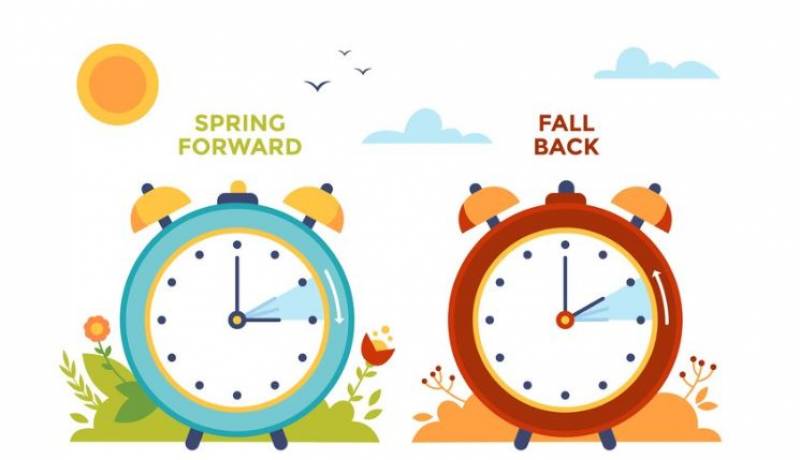Date Published: 29/03/2024
Spring forward into longer days: Clocks go forward in Spain this weekend
On Sunday March 31, daylight saving time (DST) begins in Spain and the clocks will be put forward by an hour

Since 1918, Spain has marked the transition from winter into spring – and vice versa – by changing the clocks by one hour in March and October. This year, we’ll ‘spring forward’ into longer days as Daylight Saving Time (DST) begins on Sunday March 31.
The good news is that these days, most electronic devices like phones and computers will automatically adjust the time forward an hour for you at 2am on Sunday. The bad news is that you’ll have one hour less in bed, but what else are the weekends for if not lazy lie-ins right?
So don’t forget: your clocks will go forward by one hour at 2am this coming Sunday, March 31 and remain that way until Daylight Saving Time ends on October 27 this year, when the time will turn back by one hour at 3am.
These times and dates only apply to Spain and Europe, of course. In the USA, Daylight Saving Time 2024 began on Sunday March 11 and will last until Sunday November 3, when the clocks will go back an hour again.
Why do we adjust the clocks in spring?
Daylight Saving Time is a rather contentious issue and many people argue that it’s not worth the hassle and that it simply leads to confusion, especially for those who travel or conduct business across time zones. In fact, the Spanish government has only committed to changing the clocks until 2026, so who knows what will happen after that?
However, there are distinct advantages to the time change, especially in spring. Longer days mean people can make better use of natural light and studies have actually shown that DST can save up to 0.5% of electricity usage per day.
Those who work outdoors have an extra hour in the evening when it’s much cooler, and brighter nights mean that everyone can spend more time outdoors.
Did you know...?
- Not every country observes daylight saving time (DST). Many nations, including most of Central America, South America, Africa and Asia, do not adjust their clocks seasonally.
- Historically, during the Spanish Civil War, there were two separate time zones depending on whether an area was controlled by Republican or Nationalist forces. As a result, the war's end time varied depending on who was telling the story.
- Benjamin Franklin was one of the earliest proponents of DST. In his 1784 essay, ‘Economic Project to Reduce the Cost of Light,’ he suggested advancing clocks to capitalise on morning sunlight. However, it is commonly attributed to astronomer George Vernon Hudson, who revived the concept in 1895.
- The first implementation of DST occurred in April 1916, amidst World War I, to conserve coal used for lighting.
- Russia holds the distinction of having the most time zones among all countries, with a total of 11.
- Some regions even deviate from the standard hourly increments, with time differences of 30 or 45 minutes. One such example is India's city of Bangalore.
Image: Freepik
Loading
Sign up for the Spanish News Today Editors Roundup Weekly Bulletin and get an email with all the week’s news straight to your inbox
Special offer: Subscribe now for 25% off (36.95 euros for 48 Bulletins)
OR
you can sign up to our FREE weekly roundup!
Read some of our recent bulletins:
Discount Special Offer subscription:
36.95€ for 48 Editor’s Weekly News Roundup bulletins!
Please CLICK THE BUTTON to subscribe.
(List price 3 months 12 Bulletins)
Read more stories from around Spain:
Contact Spanish News Today: Editorial 966 260 896 /
Office 968 018 268





























